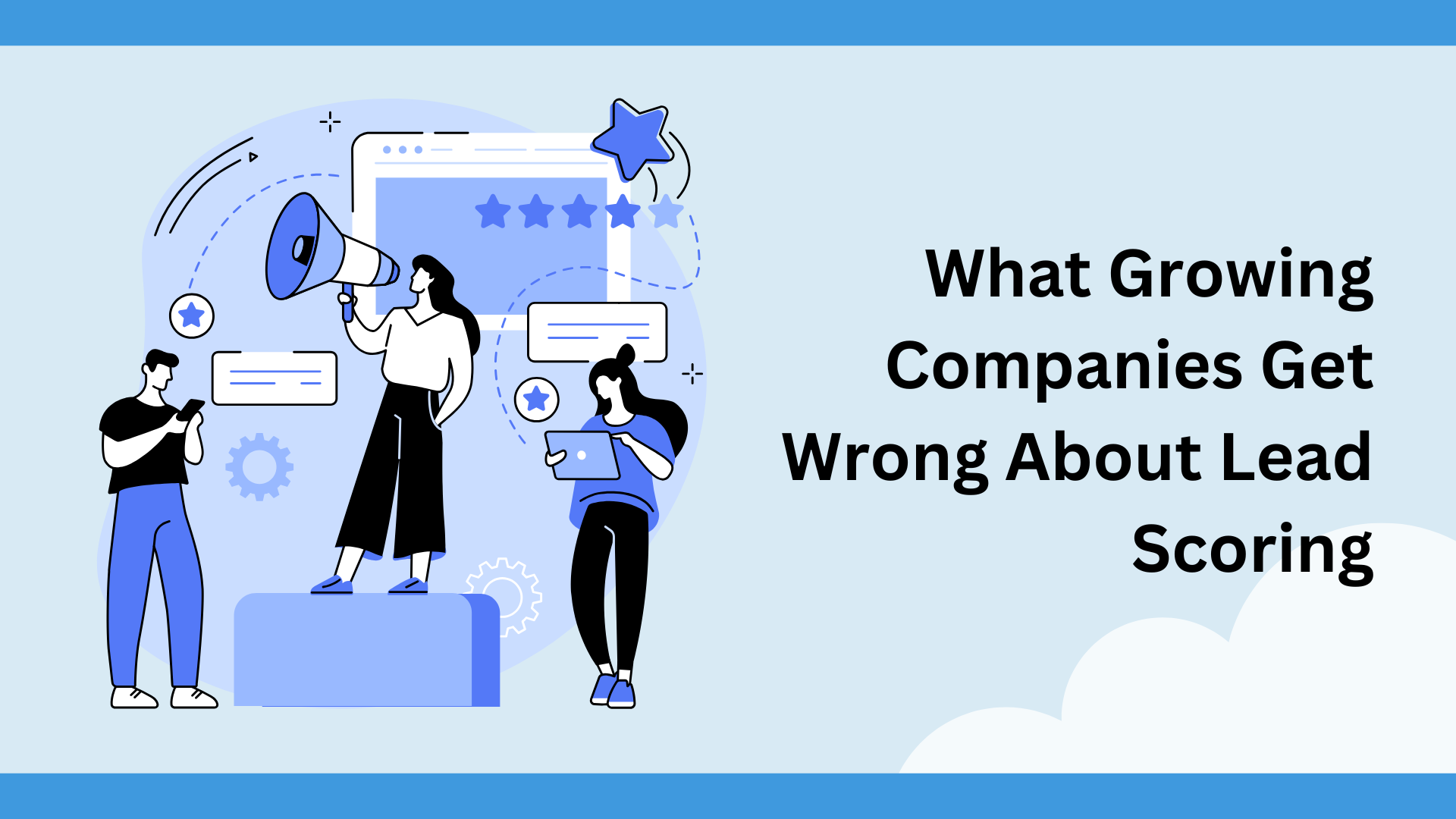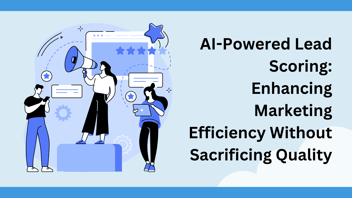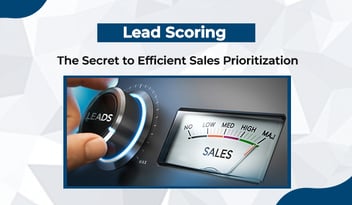Lead scoring is one of those tools that sounds deceptively simple: assign points to prospects based on fit and behavior, and voilà—your sales team knows who’s ready to buy. But as companies grow, what starts as a neat little ranking system often turns into a black box of confusion. Sales doesn’t trust it. Marketing doesn’t know how to fix it. And leads that should convert… don’t.
The problem isn’t with the concept of lead scoring itself. It’s with how most growing businesses implement it—and more importantly, how they let it stagnate.
Lead Scoring Isn’t “Set It and Forget It”
Many companies treat lead scoring like a checkbox. You set it up once in your CRM or marketing platform, assign some points based on form fills and job titles, and move on. That might work when you’re early-stage with a simple funnel, but as your audience, product lines, and channels evolve, that one-size-fits-all model stops working.
Lead behaviors change. Buying committees get bigger. New personas emerge. If your lead scoring model hasn’t changed in six months—or worse, you can’t even remember what the score thresholds mean anymore—you’re not qualifying leads. You’re just filtering out opportunity by accident.
In platforms like HubSpot, for example, lead scoring can be powerful—but only if it's tied to your current lifecycle stages and supported by real engagement data. Too often, companies use HubSpot lead scoring out-of-the-box without tailoring the model to their unique sales cycle. That creates a mismatch between what marketing thinks is “hot” and what sales is willing to pursue.
Behavioral Scoring Needs Context, Not Just Clicks
One of the biggest mistakes is overvaluing isolated actions. A whitepaper download? Ten points. Attending a webinar? Twenty points. But what if that person was a competitor? Or an intern doing research for their boss?
Lead scoring best practices suggest weighting actions differently depending on when and how they happen. For example, if someone visits your pricing page three times in two days after attending a product demo, that’s high intent. But if someone downloads three eBooks over two months without ever visiting your solution pages, their interest may be purely educational.
Good lead scoring isn’t just about stacking actions—it’s about interpreting behavior in sequence and context. If your model isn’t doing that, you’re setting up sales to waste time on leads that aren’t truly ready.
Fit Scoring Is Often Too Shallow
On the flip side, some companies rely too heavily on demographic or firmographic data. They assume that just because a lead is a VP at a mid-sized SaaS company, they’re worth pursuing—regardless of whether they’ve shown any actual interest.
Scoring for fit is important, but it has to be balanced against behavior. A perfect-fit lead who ignores every email is not as valuable as a slightly imperfect one who’s engaging across multiple channels. And if your ideal customer profile has evolved but your score weights haven’t, you're almost certainly misprioritizing your pipeline.
Sales and Marketing Rarely Recalibrate—But Should
Here’s the quiet killer: lead scoring systems often fail not because they’re wrong, but because they’re outdated. Companies grow. ICPs change. New product lines shift focus. But no one goes back to revisit the score model—at least not with input from both sales and marketing.
Lead scoring should be a shared, living framework. That means sitting down regularly—quarterly, at minimum—to look at actual conversion data and adjust scoring rules accordingly. Are MQLs converting into opportunities? Are certain behaviors consistently present in closed-won deals? Use that data to refine both your scoring thresholds and the triggers that push leads into sales hands.
Even tools like HubSpot lead scoring are only as useful as the data behind them. If you’re not syncing your CRM stages, using feedback loops, or enabling reps to flag “bad” MQLs, then your automation might just be reinforcing bad assumptions.
Lead Scoring as a Strategic Advantage—Not a Gimmick
When done right, lead scoring doesn’t just help sales prioritize—it becomes a feedback engine for the whole funnel. You learn what content works. You identify patterns in buyer behavior. And you start seeing marketing and sales speak the same language, instead of pointing fingers.
To get there, ditch the "set it and forget it" approach. Align your scoring with real revenue data. Look at both engagement and intent. And make sure your sales team trusts what the score actually means.
Because in growing companies, speed and focus are everything. And a strong lead scoring model lets you scale both.





Leave a Comment